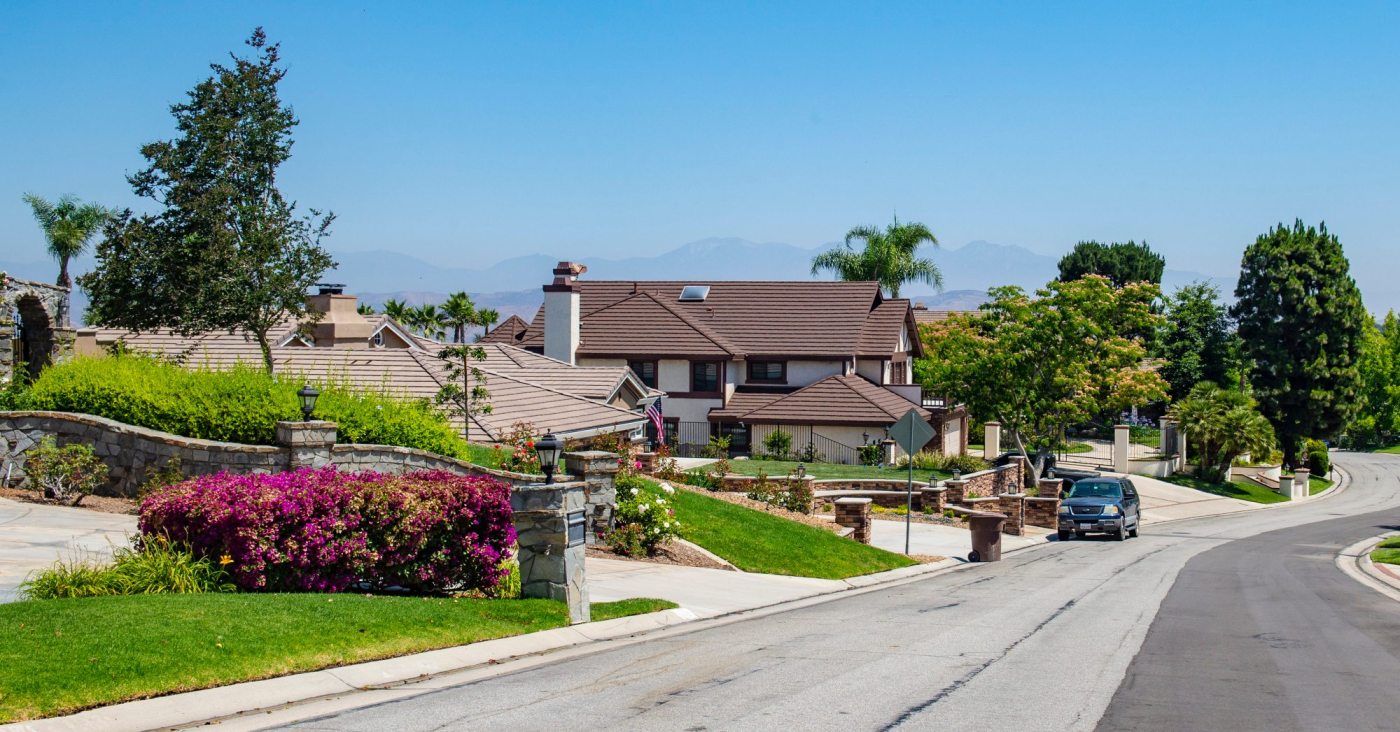Anaheim Hills homeowners in May voted down the continued funding of a network of water pumps installed in their neighborhood following 1993 landslides. The system is expected to run out of money by next year.
More than 300 homes on the southern end of Anaheim Hills are part of the Santiago Geologic Hazard Abatement District. The district was created to maintain a pump system after the 1993 Santiago landslide destroyed homes in the area and forced nearly four dozen families to evacuate.
The district has had funding challenges in recent years. The city originally seeded it with $3.5 million, as part of a settlement over the landslide back in 1999, but that money ran out and homeowners in 2023 voted to temporarily assess themselves for two years to maintain funding for the pumps in hopes that a Federal Emergency Management Agency grant could fund construction for a long-term structural repair.
That grant could not be secured after being waitlisted by the California Office of Emergency Services, which reviewed the application, according to a letter sent to homeowners last summer.
In the vote earlier this month over whether to continue the assessment, a total of 141 ballots were cast with 52% of weighted ballots voting no. The votes are weighed proportionally to how much they would have to pay and the risk for the homes.
The district’s annual budget is $329,000. The majority of the money is for the maintenance and monitoring of the wells. Last time the district voted in July 2023 for the two-year assessment, nearly 80% of the weighted votes were in favor.
The city does not own any land in the area, but officials approved assessing the public streets and sidewalks the city does own to help, costing it $42,000 a year, and voted yes in the election.
Operation of the dewatering system is expected to cease once funds are depleted. The system of 37 wells and drain lines removes more than 10 million gallons of water per year, according to the city. Groundwater builds up, especially during rainy seasons, which preceded the 1993 landslide.
The pumps lower groundwater levels, which reduces the potential for landslides to occur.
The district includes homes on the streets of Avenida de Santiago; Leafwood, Burlwood and Rimwood drives; Georgetown Circle and several other streets on the southern end of the Anaheim Hills area.
The abatement district initiated arbitration with the city in 2021, arguing that once the initial funds ran out it would no longer have any contractual obligation to maintain the dewatering system. An arbitrator in 2023 ruled in favor the the city. The district’s chair did not respond to a request for comment.
The assessment fees homeowners have been paying range from $395 to $2,400 and more for the homes most at risk. The average is $940, according to Esther Kwon, a spokesperson for the city.
City spokesperson Mike Lyster said the district is looking at holding another vote later in the summer.
“We are looking at a scenario where doing nothing is not only not an option, it is irresponsible,” he said. “We need people to think about their properties, a major investment on their part. We only need to look at Rancho Palos Verdes to look at what’s at stake here.”
If the pumps are no longer funded, the city would have to put watering restrictions in place, Lyster said.
The city is not in a position to divert tax dollars to the benefit of only 300 homeowners, Lyster said. “We have no intention to intervene.”
Without any new assessment, the district estimates it could run out of money by March.
